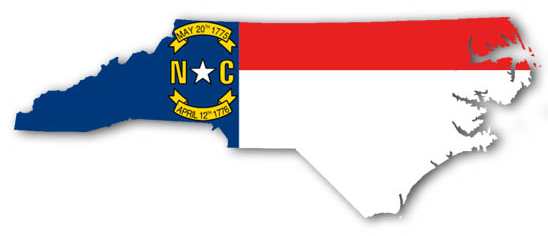There’s no doubt about it. June was HOT. And while extreme temperatures in both summer and winter can make outdoor activities unbearable, they can also send electric utility bills skyrocketing across most of North Carolina and place high demands on the state’s electric utility infrastructure. As heating and cooling equipment are pushed to the max, the demands are made even more significant due to inefficiently insulated and poorly weatherized houses which can cause homes to lose cool air as quickly as it is generated. But the cost to weatherize a home can make energy efficiency improvements unaffordable – particularly for homeowners who are already burdened with basic housing costs that can outweigh their limited income. With the aim of providing these homeowners with a solution that will reduce their energy bills and improve home comfort, a collaborative working group has recently been formed by leading energy advisors in the Southeast. Working with multiple stakeholders across the state, the North Carolina On-Bill Working Group seeks to facilitate the development of programs that educate homeowners about energy efficiency and put financing easily within reach for all income levels.
Tag: on-bill financing
Jen Weiss is Senior Finance Analyst at the Environmental Finance Center.
There is a small hole in the ceiling leading into the attic of Mr. Smith’s single-family home and the windows are a bit drafty. In the summer, the family’s 15 year old air conditioning unit runs 24 hours a day trying to keep Mr. Smith and his family cool, and in the winter the electric base boards crank out heat to keep them warm. The Smiths try not to keep the temperature in the house too high or too low, but their monthly electricity bills still approach $500 in some months. The family is finding it increasingly difficult to pay their utility bill each month, but unlike cable or telephone service, turning off their electricity is not an option.
The Smith family is, of course, a hypothetical example. Unfortunately, they are an example of a trend that is becoming more frequently found across the Southeast and likely across the nation. Low- to moderate-income families with older homes are finding it difficult to pay their monthly utility bills. As electric rates continue to go up, these homeowners are turning to their utilities for help. Help with ideas on how to reduce energy use, help with weatherization of their homes and help with their utility bills. And many utilities are listening – and making changes. Continue reading




